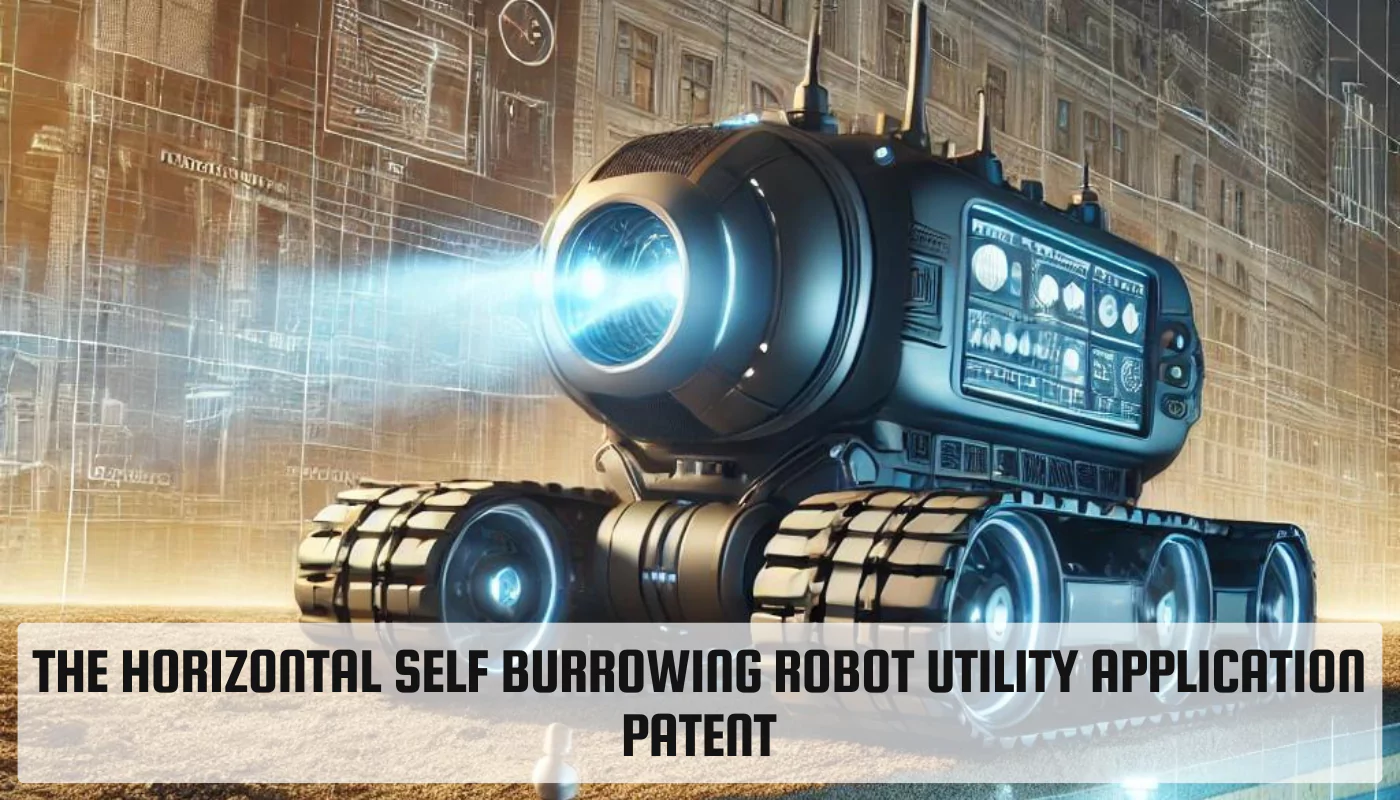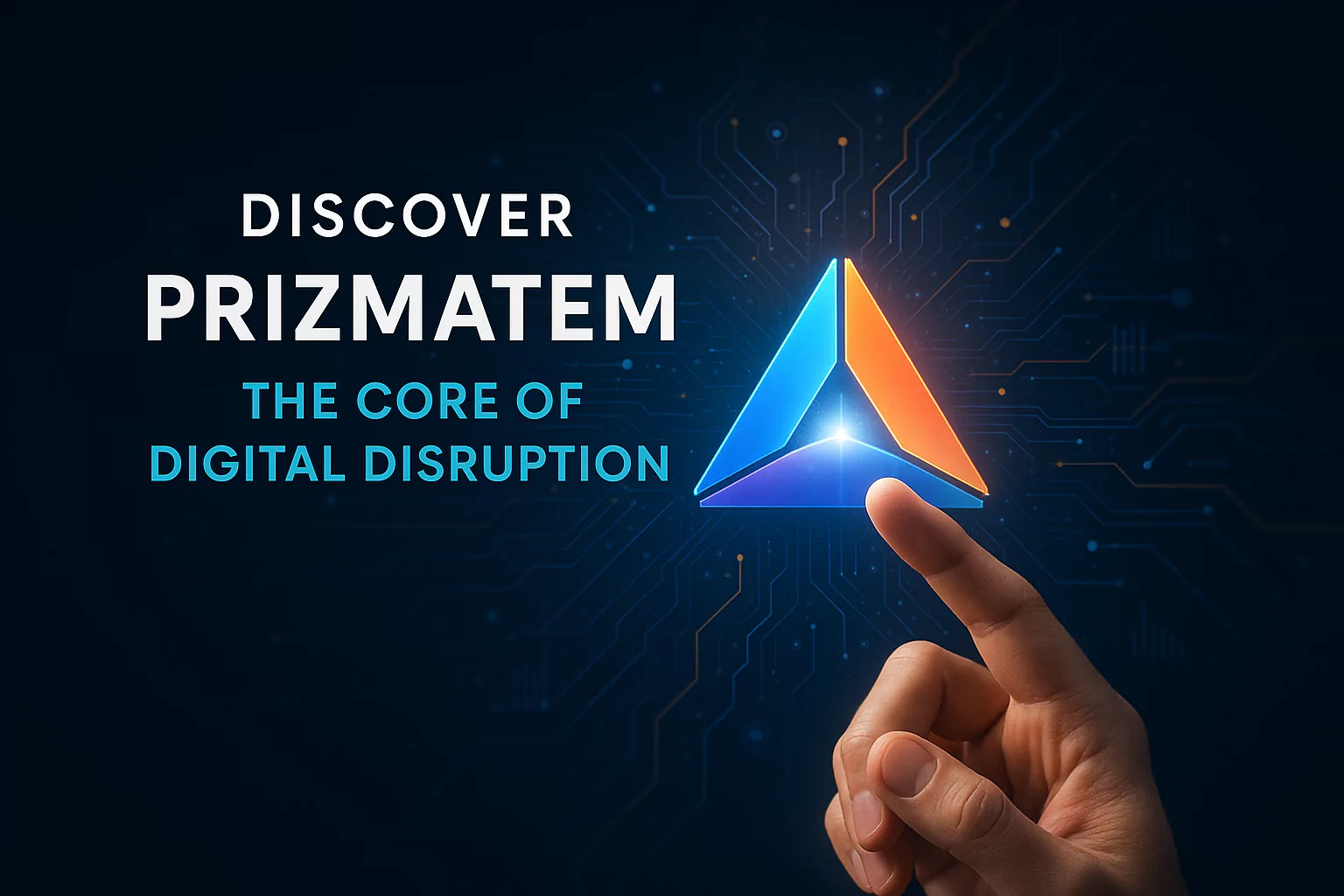The Horizontal Self Burrowing Robot Utility Application Patent

The Horizontal Self-Burrowing Robot Utility Application Patent describes a groundbreaking device capable of autonomously burrowing horizontally through various granular media. This innovative technology has the potential to revolutionize fields such as geotechnical engineering, extraterrestrial exploration, environmental remediation, and agriculture. By combining advanced robotics and engineering principles, this robot offers a unique and efficient solution for a wide range of subsurface applications.
Technical Specifications
Design and Structure
The robot consists of two primary segments: an anterior segment equipped with a conical tip and a posterior segment housing a linear actuator. The anterior segment houses the robot’s sensors and control systems, while the posterior segment provides the necessary propulsion. The linear actuator plays a crucial role in enabling the robot’s horizontal movement by controlling the rotation of the anterior segment.
Mechanism of Action
The conical tip of the robot functions as a cutting and penetrating tool, allowing it to burrow through granular materials. As the robot advances, the linear actuator rotates the anterior segment, creating a kinetic asymmetry that propels the robot forward. This unique mechanism enables the robot to move horizontally without the need for external support or guidance.
Materials and Components
The robot is constructed using a variety of materials, including high-strength alloys, durable plastics, and advanced electronics. The choice of materials is critical to ensure the robot’s durability, efficiency, and ability to withstand the harsh conditions encountered during subsurface operations.
Functional Capabilities
Burrowing Efficiency
The robot is designed to exhibit exceptional burrowing efficiency in a variety of granular media. It can effectively navigate through sand, soil, and other loose materials, achieving impressive speeds and depths. The robot’s ability to adapt to different soil conditions makes it a versatile tool for a wide range of applications.
Adaptability
The robot’s design incorporates features that allow it to adapt to various terrains and environmental conditions. It can adjust its burrowing speed, depth, and trajectory based on the specific requirements of the task at hand. This adaptability enhances the robot’s versatility and effectiveness in different applications.
Applications
Geotechnical Subsurface Investigation
The Horizontal Self-Burrowing Robot can be used to conduct geotechnical subsurface investigations, providing valuable data on soil properties, underground structures, and potential hazards. It can be used to map underground utilities, assess soil stability, and identify potential risks associated with construction projects.
Extraterrestrial Exploration
The robot’s ability to burrow through granular materials makes it a promising candidate for extraterrestrial exploration missions. It could be used to explore underground caves, search for water ice, and study the subsurface geology of other planets.
Underground Contamination Detection
The robot can be equipped with sensors to detect and monitor underground contamination. It can be used to identify and track pollutants, assess the extent of contamination, and monitor remediation efforts.
Precision Agriculture
The robot can be used to enhance soil health and crop productivity by providing valuable insights into soil conditions and nutrient distribution. It can be used to optimize irrigation, monitor root growth, and detect potential problems before they impact crop yields.
Development and Testing
Prototype Development
The development of the Horizontal Self-Burrowing Robot involved significant engineering challenges, including the design of the conical tip, the development of the linear actuator, and the integration of sensors and control systems. Overcoming these challenges led to the creation of a functional prototype that demonstrated the robot’s potential.
Testing Phases
The robot underwent extensive testing, both in laboratory settings and in field trials. Laboratory tests focused on evaluating the robot’s burrowing performance, durability, and adaptability. Field trials involved deploying the robot in real-world environments to assess its performance under various conditions.
Results and Improvements
The testing process revealed valuable insights into the robot’s strengths and weaknesses, leading to a number of improvements. Based on the results of testing, the robot’s design was refined to enhance its efficiency, reliability, and adaptability.
Patent Details
Patent Information
The Horizontal Self-Burrowing Robot Utility Application Patent provides detailed information on the robot’s design, functionality, and potential applications. It includes filing dates, patent numbers, and information on the legal status and ownership of the patent.
Related Patents and Prior Art
The patent also discusses related patents and prior art, highlighting the innovations and differences that set the Horizontal Self-Burrowing Robot apart from existing technologies.
Future Prospects
Advancements in Technology
The Horizontal Self-Burrowing Robot represents a significant advancement in robotics and engineering. As technology continues to evolve, it is likely that future versions of the robot will incorporate even more advanced features and capabilities.
Commercialization
The Horizontal Self-Burrowing Robot has the potential to be a valuable commercial product, with applications in a wide range of industries. The market potential for this technology is significant, and there is growing interest from both private companies and government agencies.
Research and Collaboration
Ongoing research and collaboration are essential for the continued development and advancement of the Horizontal Self-Burrowing Robot. By working together, researchers and engineers can explore new applications, improve the robot’s performance, and address emerging challenges.
Conclusion
The Horizontal Self-Burrowing Robot Utility Application Patent describes a groundbreaking technology with the potential to revolutionize a variety of fields. By combining advanced robotics and engineering principles, this robot offers a unique and efficient solution for subsurface applications. As research and development continue, the Horizontal Self-Burrowing Robot is poised to play a vital role in shaping the future of exploration, engineering, and environmental protection.









